Description
What is Beef Tripe / Beef Omasum
Beef tripe and Beef omasum for sale are two distinct parts of a cow’s stomach that are often overlooked in Western cuisine but hold significant nutritional, economic, and cultural value. Tripe, derived from the cow’s first three stomachs (the rumen, reticulum, and omasum), and omasum, specifically from the third stomach, provide various benefits to human society. This essay delves into these benefits, highlighting their nutritional value, culinary significance, economic impact, and cultural importance.
Nutritional Value of Beef omasum for sale
Protein and Amino Acids
Beef tripe and omasum are excellent sources of high-quality protein, essential for muscle repair, growth, and overall bodily functions. Protein is composed of amino acids, which are the building blocks of the body’s cells and tissues. These cuts of meat contain all the essential amino acids, making them complete proteins that support various physiological processes.
Vitamins and Minerals
Both tripe and omasum are rich in essential vitamins and minerals. They contain significant amounts of B vitamins, particularly B12, which is crucial for nerve function, red blood cell formation, and DNA synthesis. Additionally, these organ meats are good sources of iron, aiding in oxygen transport in the blood and preventing anemia. They also provide zinc, which supports immune function, wound healing, and DNA synthesis.
Low in Fat and Calories
Compared to other cuts of beef, tripe and omasum are relatively low in fat and calories. This makes them an excellent choice for individuals seeking nutrient-dense yet lower-calorie options. Their low-fat content also means they have fewer saturated fats, contributing to better heart health.
Culinary Significance of Beef omasum for sale
Versatility in Cooking
Beef tripe and omasum are incredibly versatile in the kitchen. They can be prepared in various ways, including boiling, stewing, frying, and grilling. Their unique textures and ability to absorb flavors make them ideal for a wide range of dishes. Tripe, for example, is a key ingredient in many traditional dishes such as Mexican menudo, Italian trippa alla Romana, and Chinese dim sum.
Traditional and Gourmet Cuisine
Tripe and omasum have long been staples in traditional cuisines around the world. Their inclusion in these dishes highlights their cultural significance and the rich culinary heritage associated with them. In recent years, they have also found their way into gourmet cooking, with chefs incorporating them into innovative and modern dishes. This trend has helped elevate their status and introduce them to new audiences.
Economic Impact of Beef omasum for sale
Affordable Protein Source
Tripe and omasum are often more affordable than prime cuts of beef, making them accessible protein sources for lower-income populations. Their affordability ensures that more people can access nutritious food, thus contributing to food security and dietary diversity.
Byproduct Utilization
The use of tripe and omasum in cooking exemplifies the principle of whole-animal utilization, where every part of the animal is used, reducing waste. This practice is economically beneficial for the meat industry, as it allows producers to maximize the value derived from each animal. It also promotes sustainability by minimizing waste and ensuring that all parts of the animal serve a purpose.
Employment and Local Economies
The processing, preparation, and sale of tripe and Beef omasum for sale create jobs in various sectors, including farming, meat processing, culinary arts, and retail. In regions where these cuts are traditionally consumed, local economies benefit from the demand for these products. Markets, restaurants, and street vendors specializing in dishes featuring tripe and omasum can thrive, supporting livelihoods and contributing to the local economy.
Cultural Importance
Culinary Heritage
Tripe and Beef omasum for sale are integral to the culinary heritage of many cultures. They feature prominently in traditional recipes passed down through generations, symbolizing cultural identity and heritage. For instance, menudo in Mexico is not just a dish but a cultural experience, often enjoyed during family gatherings and festive occasions.
Social and Ritual Significance
In some cultures, the consumption of tripe and omasum holds social and ritual significance. They are often prepared during special occasions, religious ceremonies, and communal feasts. The preparation and sharing of these dishes foster social bonds and strengthen community ties.
Promoting Cultural Exchange
As global cuisine becomes more interconnected, the popularity of tripe and omasum in diverse culinary traditions promotes cultural exchange. People from different backgrounds can appreciate and learn about each other’s cultures through food. This fosters mutual respect and understanding, contributing to a more inclusive and multicultural society.
Health Benefits
Digestive Health
Tripe and Beef omasum for sale are rich in collagen, a protein that supports joint and digestive health. Collagen aids in the repair and maintenance of the gut lining, promoting better digestion and potentially reducing the risk of gastrointestinal disorders. The presence of probiotics in some traditional preparations, such as fermented tripe dishes, further supports gut health by promoting a healthy balance of gut bacteria.
Weight Management
Due to their high protein content and low-fat profile, tripe and omasum can be beneficial for weight management. Protein-rich foods increase satiety, helping individuals feel fuller for longer and reducing overall calorie intake. This can be particularly useful for those trying to lose weight or maintain a healthy weight.
Environmental Benefits
Sustainable Meat Consumption
Incorporating tripe and omasum into the diet supports sustainable meat consumption practices. By utilizing parts of the animal that might otherwise go to waste, consumers contribute to a more sustainable food system. This reduces the environmental impact of meat production by making the most of the resources used in raising livestock.
Reducing Food Waste
The consumption of organ meats like tripe and omasum helps reduce food waste, which is a significant issue in the global food system. By valuing and using all parts of the animal, we can minimize waste and make our food systems more efficient and environmentally friendly.
Conclusion
Beef tripe and Beef omasum for sale offer numerous benefits to human society, from their rich nutritional profile to their culinary versatility and economic significance. They play a crucial role in traditional cuisines, support local economies, and promote sustainable food practices. As global culinary trends continue to evolve, there is an opportunity to rediscover and appreciate these valuable cuts of meat, embracing their benefits and cultural heritage. By doing so, we can contribute to a more sustainable, nutritious, and culturally rich food landscape.


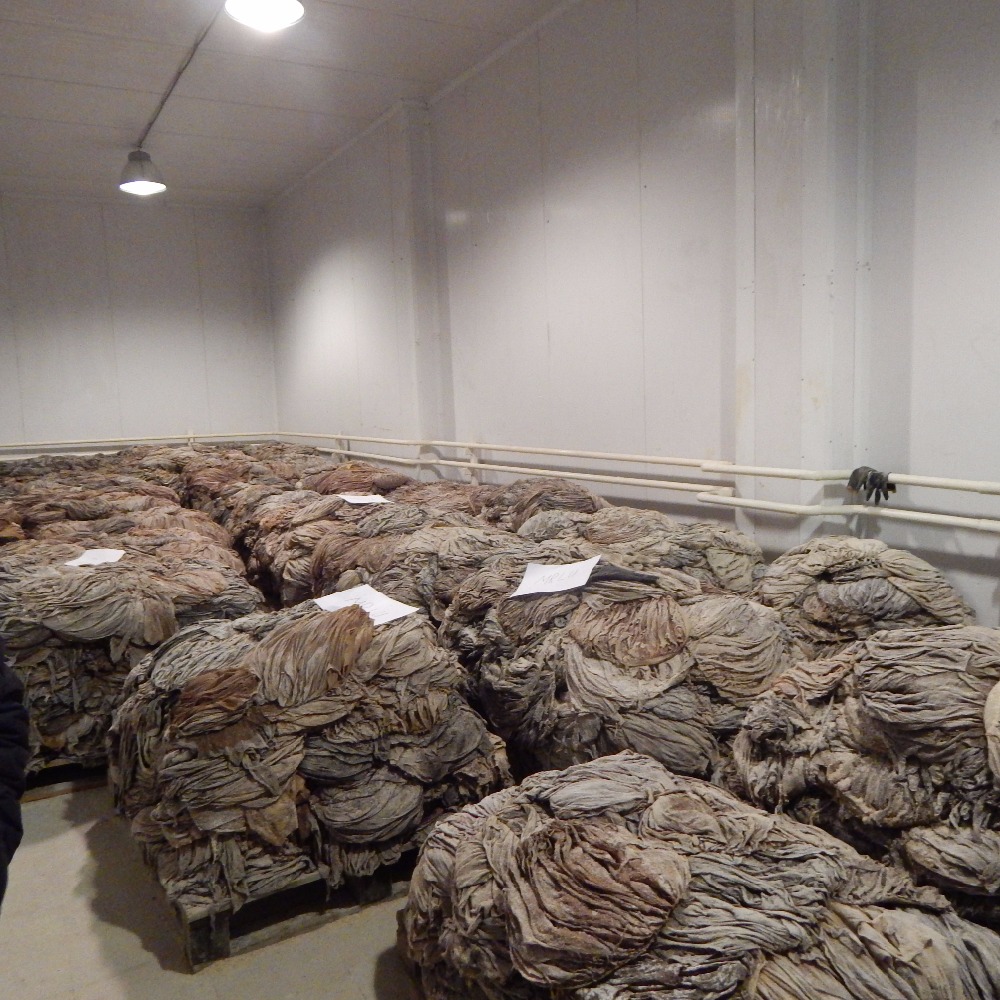
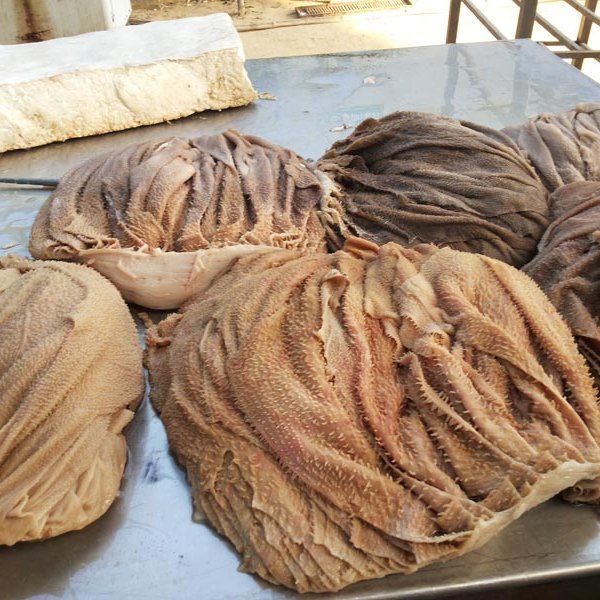
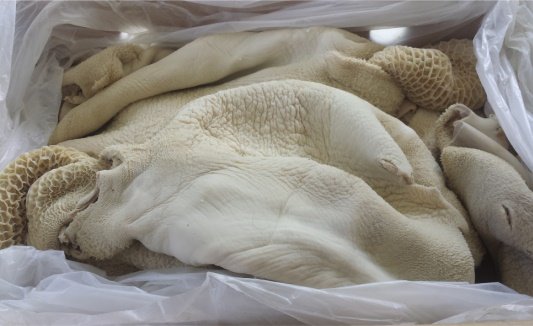
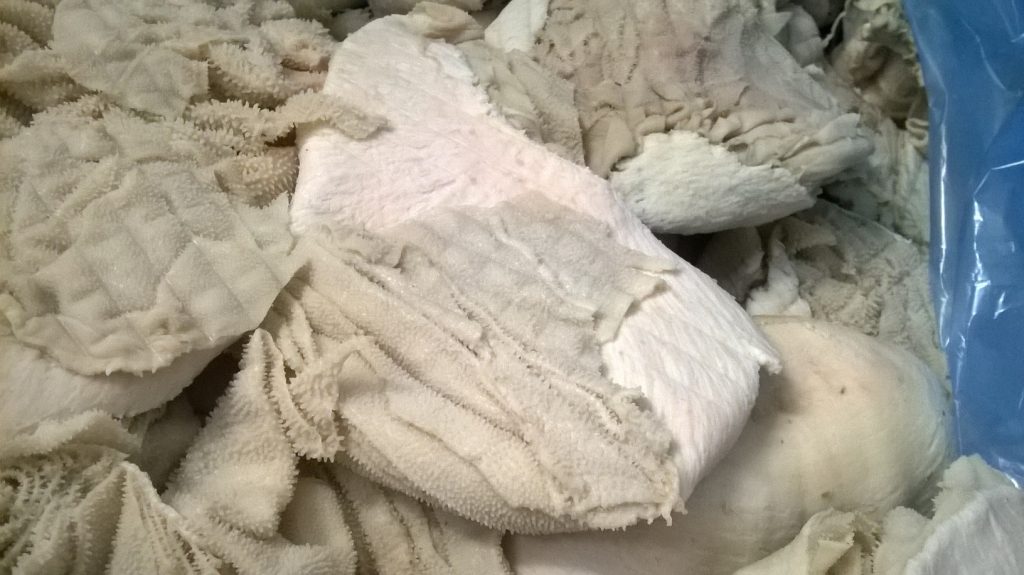
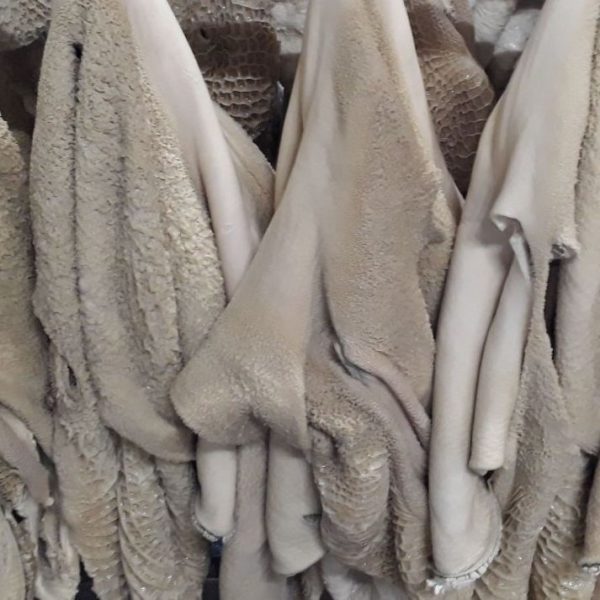
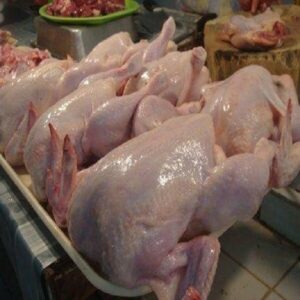
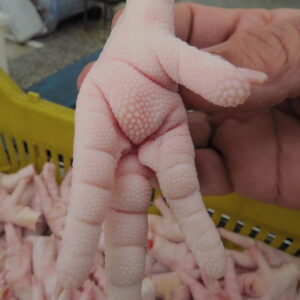
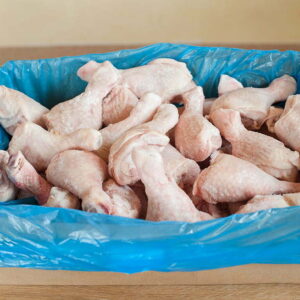

Reviews
There are no reviews yet.